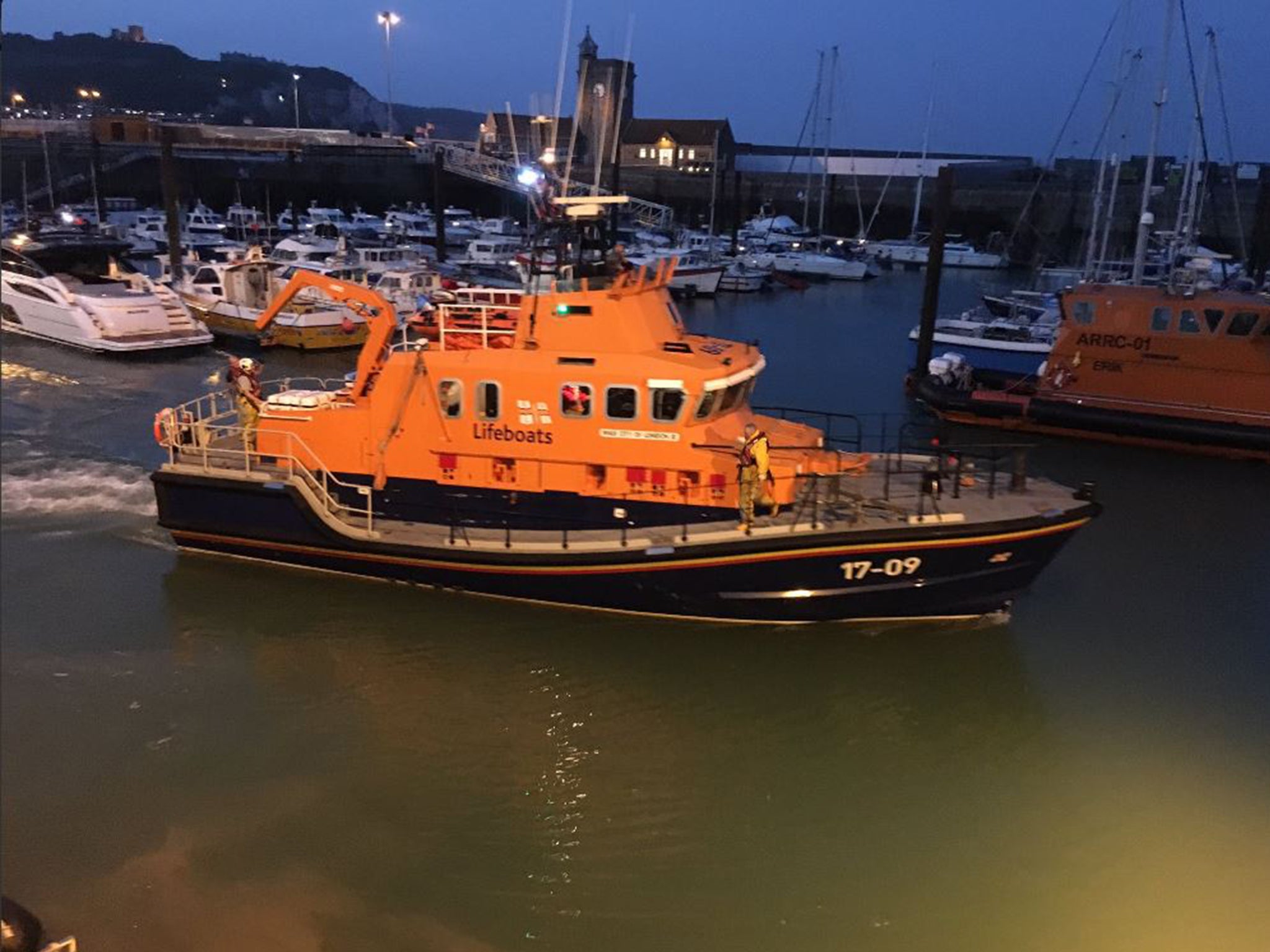Schoolchildren saved from rising tide after using phone screens as beacons
The group were rescued from hazardous stretch of coast in Kent after getting stranded during an evening walk

Your support helps us to tell the story
From reproductive rights to climate change to Big Tech, The Independent is on the ground when the story is developing. Whether it's investigating the financials of Elon Musk's pro-Trump PAC or producing our latest documentary, 'The A Word', which shines a light on the American women fighting for reproductive rights, we know how important it is to parse out the facts from the messaging.
At such a critical moment in US history, we need reporters on the ground. Your donation allows us to keep sending journalists to speak to both sides of the story.
The Independent is trusted by Americans across the entire political spectrum. And unlike many other quality news outlets, we choose not to lock Americans out of our reporting and analysis with paywalls. We believe quality journalism should be available to everyone, paid for by those who can afford it.
Your support makes all the difference.Thirty-four schoolchildren and two adults were saved from a dangerous stretch of coast after they were spotted using their mobile phone screens as beacons.
The “traumatic” rescue came after the teenage hiking party lost their way during an evening walk on the coastal path between St Margaret’s Bay and Dover Harbour in Kent, and narrowly avoided getting hit by falling rocks.
The group became stranded amidst the rising tide after descending from the cliffs onto the beach, and had to use their phones to indicate their position to the coastguard according to Kent Online.
Maritime experts described the area as “hostile” and blamed the group for being “unfamiliar” with the risks they were taking.
A “large-scale” emergency search was launched at around 9pm on Monday when the party’s two adult supervisors raised the alarm - with Kent Police and around 40 volunteers involved in the search operation.
A Coastguard helicopter eventually identified the trapped party using an infra-red camera and rescue craft were directed to where the majority of the group was huddled together.
Rescuers found that the teenagers had split up instead of remaining in one group, and four pupils had climbed onto nearby rocks in an attempt to get wider coverage for the search.
By the end of the rescue mission, 31 of the walkers were rescued by lifeboat and taken ashore. The remaining five were lifted to safety by helicopter and flown to the Dover Coastguard station.
Mark Finnis, coxswain at Dover RNLI, told KMFM News: “I don’t think they realised the situation they could have been in a couple of hours later. They’d have had real problems with the rising water. They were unfamiliar with the area.
“It’s very hostile ground, they weren’t dressed up for it at all. There are regular cliff falls down there. There wasn’t a lot of thought put into the activity that they took.
“Thankfully the quick and well co-ordinated search and rescue response meant all 36 casualties were rescued and were lucky to escape without serious injuries, but they've had a traumatic experience.”
The Dover Coastguard confirmed that all the stranded children had been accounted for and brought to shore safely by 11pm.
Richard Cockerill, senior maritime operations officer for UK Coastguard, told Press Association: “The group was advised to switch on their mobile phone lights to help us locate them.
“The group was located by one of the Walmer lifeboats in an area of active cliff falls and also spotted by the helicopter using the forward-looking infra-red camera.
“All 36 people were recovered to safety by lifeboat and helicopter.”
Join our commenting forum
Join thought-provoking conversations, follow other Independent readers and see their replies
Comments